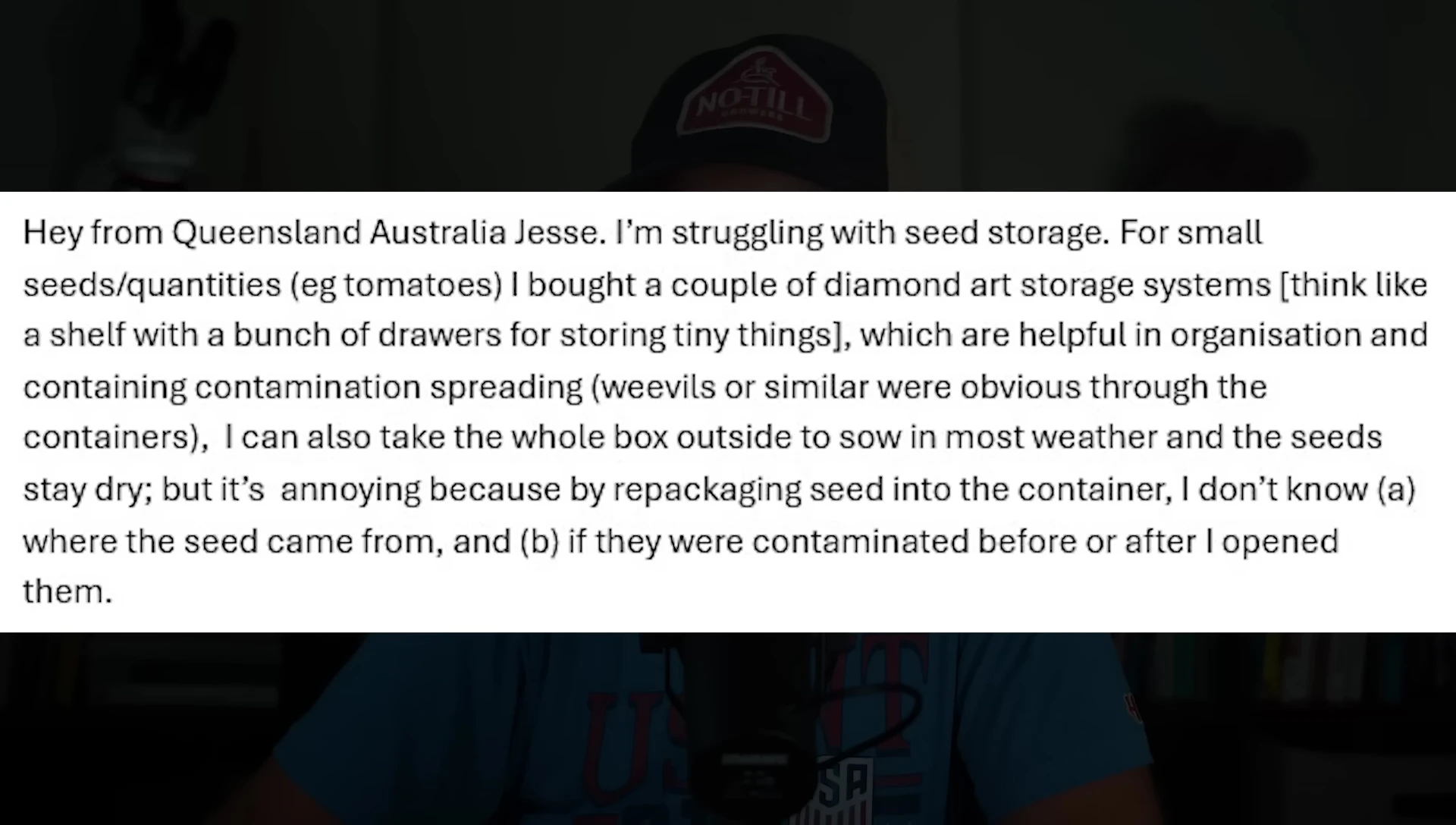This article provides a gardener's guide to optimizing seed storage and soil improvement techniques, ultimately aiming to maximize yield and plant health. We'll explore effective methods for preserving seed viability, from proper storage containers and environments to understanding the importance of keeping seeds in their original packaging. This guide also addresses the increasingly popular practice of burying wood chips to enrich soil, discussing both its potential benefits and the crucial considerations for successful implementation, including the potential for nutrient tie-up and pest issues.Beyond soil preparation, we'll delve into practical advice for maximizing space utilization in your garden. Efficient planting techniques, such as optimal spacing for crops like sweet potatoes, will be examined to prevent overcrowding and promote healthy growth. The article emphasizes the importance of observing plant interactions and adjusting spacing accordingly to ensure sufficient ventilation and minimize the risk of fungal diseases. By understanding these key aspects of gardening, you can cultivate a thriving and productive garden.
Pros And Cons
- Keeps mice away
- Can see the seeds
- Condensation forms when outside in the sun
- Bottles can break
- Keeps seeds organized
- Protects from moisture
- Protects from rodents
- Helpful in organization
- Contains contamination spreading
- Can be taken outside to stay dry
- Annoying to repackage seeds
- Don't know where seeds came from or if they were contaminated before or after opening
- Can build up humidity and heat
Read more: 10 Best Commercial Charcoal Grills: A Buyer's Guide
Optimizing Seed Storage
Maintaining the viability and organization of seeds is crucial for successful gardening. Many gardeners struggle with seed storage, especially for smaller quantities. The key is to find a system that balances organization, pest protection, and moisture control.

Avoid removing seeds from their original packets. The packaging helps regulate moisture and protect against pests. Instead, consider using small, airtight containers to store the seed packets, keeping them organized by type and season.
A cool, dark, and dry environment is ideal for seed storage. A refrigerator or a cool basement works well. Regularly inspect your seeds for any signs of pests or mold.
The Buried Wood Chip Experiment
The idea of burying wood chips to improve soil health is intriguing but requires careful consideration. While it might mimic the principles of hügelkultur, success depends on various factors.

Partially decomposed wood chips may initially lead to reduced growth due to nutrient tie-up. This effect is usually temporary and varies depending on factors like moisture level and wood type.

Careful monitoring is crucial. Watch for signs of problems and consider adding compost or planting a cover crop to help with decomposition and nutrient balance. The potential for pest or fungal problems needs to be taken into account.
Sweet Potato Spacing Strategies
Efficient spacing is key to maximizing yield in a limited garden space. Bush varieties of sweet potatoes, while less sprawling than vining types, still require appropriate spacing.

For a 3ft wide by 20ft long bed, plant sweet potatoes approximately 8 inches from the bed edge and 8-12 inches apart within the row. This provides adequate space for growth without overcrowding.
Consider potential interactions with other plants. In the case of interplanting with tomatoes, ensure enough space for ventilation to prevent moisture build-up and fungal diseases. Monitor the plants and adjust spacing or prune as needed.
Conclusion
Successful gardening relies on informed choices, careful planning and observation. Seed storage requires a system that is both organized and protective of the seed's viability. Innovative techniques, like burying wood chips, need to be closely monitored and adjusted as needed.
The importance of proper spacing cannot be overstated. Adjust spacing and interplanting techniques to maximize yield and prevent issues like moisture build-up and competition for nutrients.
Ultimately, successful gardening involves learning and adapting through experimentation and observation. Don't be afraid to try new things but be prepared to learn from both successes and failures.
